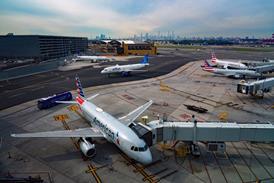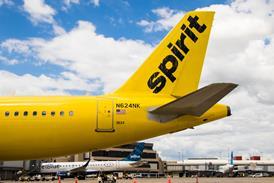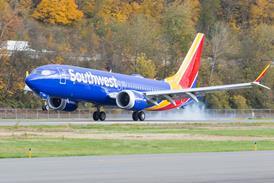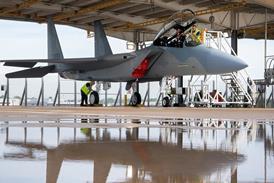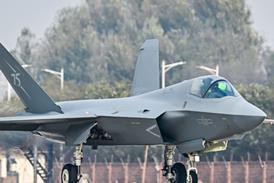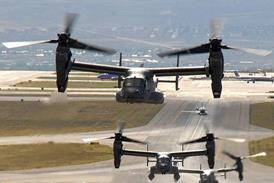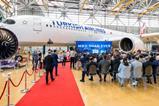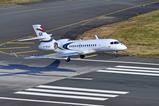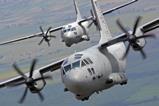Canada is likely to replace its ageing Bell CH-146 Griffons with multiple new rotorcraft types as it seeks a more “balanced fleet” to address its tactical transport needs.
Ottawa announced last year that it would spend over C$18 billion ($12.5 billion) on the Griffon replacement programme, which it calls the Next Tactical Aviation Capability Set (nTACS) project.
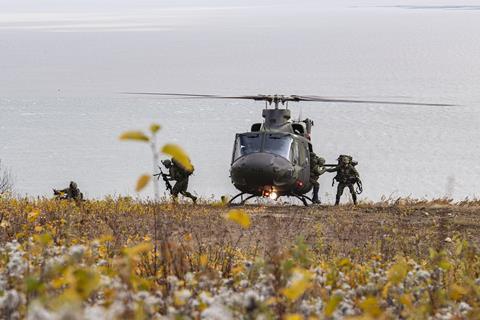
Engagement with industry on the nTACS procurement will begin this summer, an official, speaking under Chatham House rules, told Defence IQ’s International Military Helicopter 2025 conference on 25 February.
The Royal Canadian Air Force’s (RCAF’s) experience with the Griffon is pushing the service towards a “balanced fleet concept”, where it will acquire more specialised platforms to address key capability gaps.
These include armed attack, precision assault, C4ISR, special forces support and mobility – including the ability to deploy troops over long distances into Canada’s High North “to project power from our shores out into the Arctic”.
Although the CH-146 was designed as a multirole asset, it has limitations, the official says, calling it a “master of a few [trades] and a jack of a few”, which has “not served us as well as we would have wanted”.
Its use in support of special forces is one example, the source says: “Given that it’s not a highly stabilised platform it makes it quite a challenge to use it in a maritime counter-terrorism role when you are trying to insert people onto ships at sea.”
Canada had hoped that it might be able to “find a helicopter or two helicopters to do it all”, the official says, but the “experience so far is that is easier said than done”.
“Our initial market analysis… has indicated that while there are many good multirole helicopters out there, for the specific Canadian context it is very difficult to find something that would meet all of our needs.”
Learning from past procurement problems, Canada has no interest in developing a bespoke solution, instead looking for “military off-the-shelf capabilities” that can be brought into service later this decade.
Initial operating capability is targeted for 2033, followed by full operational capability in 2038.
Ottawa is also a member of NATO’s Next Generation Rotorcraft Capability (NGRC) project, which is seeking to develop a new rotary-wing platform to enter service in the mid-2030s.
“We want to contribute everything we can to that programme and we hope that maybe there will be an opportunity for some of those capabilities to slide left in their implementation and make them an option for Canada,” the source says.
Additionally, the RCAF continues to liaise with the US Army on the latter’s Future Vertical Lift programme, where the Bell V-280 tiltrotor is being developed as a long-term replacement for the Sikorsky UH-60 Black Hawk.
“We are very interested in where tiltrotor technology is going. We just don’t know whether we can wait for them to get to the point where they are useable for Canada,” the official adds,
An unpressurised aircraft “will not do very well in Canada’s north” because of the need to “fly up and above the weather”.
In the meantime, Canada is modernising the CH-146 through the Griffon Limited Life Extension programme, extending the helicopter’s service life until 2031.


